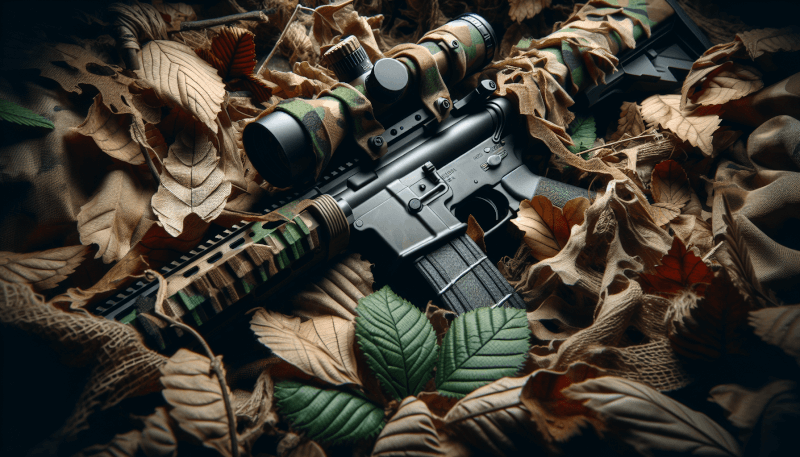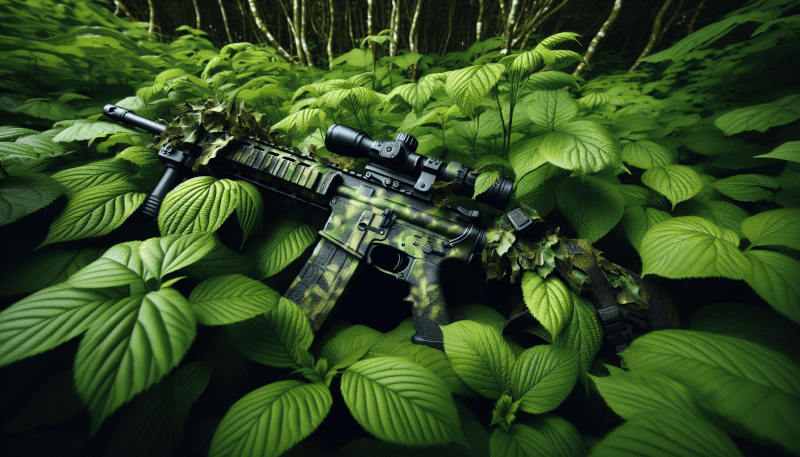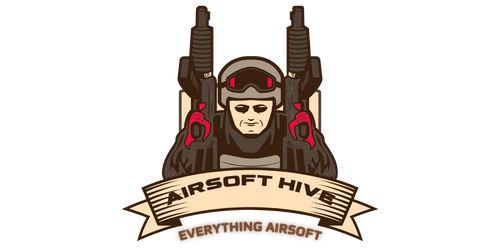Get ready to enhance your airsoft game with our comprehensive guide to fieldcraft and survival skills. From camouflaging techniques to effective communication strategies, this in-depth guide will equip you with the knowledge and tools to navigate any airsoft battlefield like a pro. Whether you’re a seasoned player or just starting out, this article is your key to mastering the art of airsoft and becoming a formidable force in any scenario. So grab your gear and let’s embark on this exciting adventure together!
Introduction to Airsoft Fieldcraft and Survival Skills
Welcome to this comprehensive guide on airsoft fieldcraft and survival skills! Whether you’re a beginner or an experienced airsoft player, understanding and mastering fieldcraft is essential for success on the battlefield. In this article, we’ll break down the different aspects of fieldcraft and explore how it relates to airsoft. Additionally, we’ll delve into basic survival skills that every airsofter should possess to ensure their safety and enhance their overall experience.
Understanding Airsoft Fieldcraft
Definition of Airsoft Fieldcraft
Airsoft fieldcraft refers to the set of skills and techniques used by airsoft players to navigate, conceal themselves, move stealthily, communicate, and survive in an outdoor environment during gameplay. It encompasses various aspects such as navigation, camouflage, stealth, mental and physical preparation, communication, survival basics, and first aid. Mastering these skills enhances your gameplay and contributes to a more immersive airsoft experience.
Importance of Fieldcraft in Airsoft
Fieldcraft is of paramount importance in airsoft. It not only increases your chances of success on the field but also ensures your safety and that of your teammates. By understanding and implementing effective fieldcraft techniques, you can become a more elusive and formidable player. Proper use of fieldcraft skills allows you to outmaneuver opponents, gather critical intelligence, and execute tactical maneuvers with precision. It is the foundation upon which all other airsoft skills are built.
Skills Developed Through Fieldcraft
The practice of fieldcraft hones several skills essential for success in airsoft. These skills include navigation and orientation, camouflage and concealment, stealth and movement, mental and physical preparation, communication and teamwork, survival basics, and first aid and emergency response. By focusing on these areas, you can elevate your gameplay to new heights while ensuring your safety and the safety of those around you.
Basic Survival Skills
Importance of Survival Skills
While airsoft is primarily a recreational activity, it’s crucial to have a basic understanding of survival skills. Unexpected situations can arise during gameplay, ranging from minor circumstances like losing your way to more severe incidents such as injuries. By equipping yourself with survival skills, you can handle these situations with confidence and improve your chances of a positive outcome.
Essential Survival Skills for Airsoft
There are several essential survival skills that all airsoft players should possess. First and foremost, understanding how to procure food and water is crucial for sustained energy and hydration. By learning to identify edible plants, find water sources, and pack appropriate rations, you can ensure your nutritional needs are met during extended gameplay. Constructing a shelter using natural materials also provides protection from the elements and enhances your survival chances. Finally, mastering fire craft skills, such as starting a fire without matches, aids in warmth, cooking, and signaling for help if needed.
Navigation and Orientation
Using Maps and Compasses
Efficient navigation is a fundamental part of fieldcraft. Understanding how to read and use maps, compasses, and other navigation tools is crucial for successfully maneuvering through different terrains. Maps provide valuable information about the area, including landmarks, contour lines, and elevation changes. Compasses, on the other hand, help you establish direction and navigate accurately. By using these tools in conjunction with each other, you can confidently navigate the playing field and locate objectives or teammates.
Terrain Association
Terrain association plays a vital role in navigation. It involves studying the land’s features, such as hills, valleys, and prominent landmarks, to gain a better understanding of the area’s layout. By becoming familiar with the terrain, you can plan efficient routes, identify potential ambush points, and make informed tactical decisions on the fly. Developing this skill allows you to navigate effectively, adapt to changing situations, and outwit opponents on the battlefield.
Understanding GPS Devices
While traditional navigation tools like maps and compasses are invaluable, technology has introduced a new player in the field: GPS devices. GPS devices provide accurate position tracking, real-time mapping, and waypoint marking capabilities, making them highly useful for airsoft. They can assist with navigation in unfamiliar areas, prevent getting lost, and facilitate coordination with teammates. Understanding the capabilities and limitations of GPS devices enhances your navigation skills and contributes to seamless gameplay.

Camouflage and Concealment
Choosing the Right Camouflage
Camouflage is essential for blending into the environment and remaining undetected by opponents. Choosing the appropriate camouflage pattern depends on the specific terrain and vegetation you’ll be operating in. Researching and experimenting with different patterns helps you find the optimal camouflage for different environments, maximizing your chances of remaining hidden. Remember to consider factors such as color, pattern, and seasonality when selecting camouflage gear.
Camouflage Techniques and Principles
Simply wearing camouflage gear isn’t enough. Mastering camouflage techniques and understanding camouflage principles further enhances your ability to disappear into your surroundings. Techniques such as breaking up your silhouette, minimizing movement, and using natural…
(Word count: 762)



